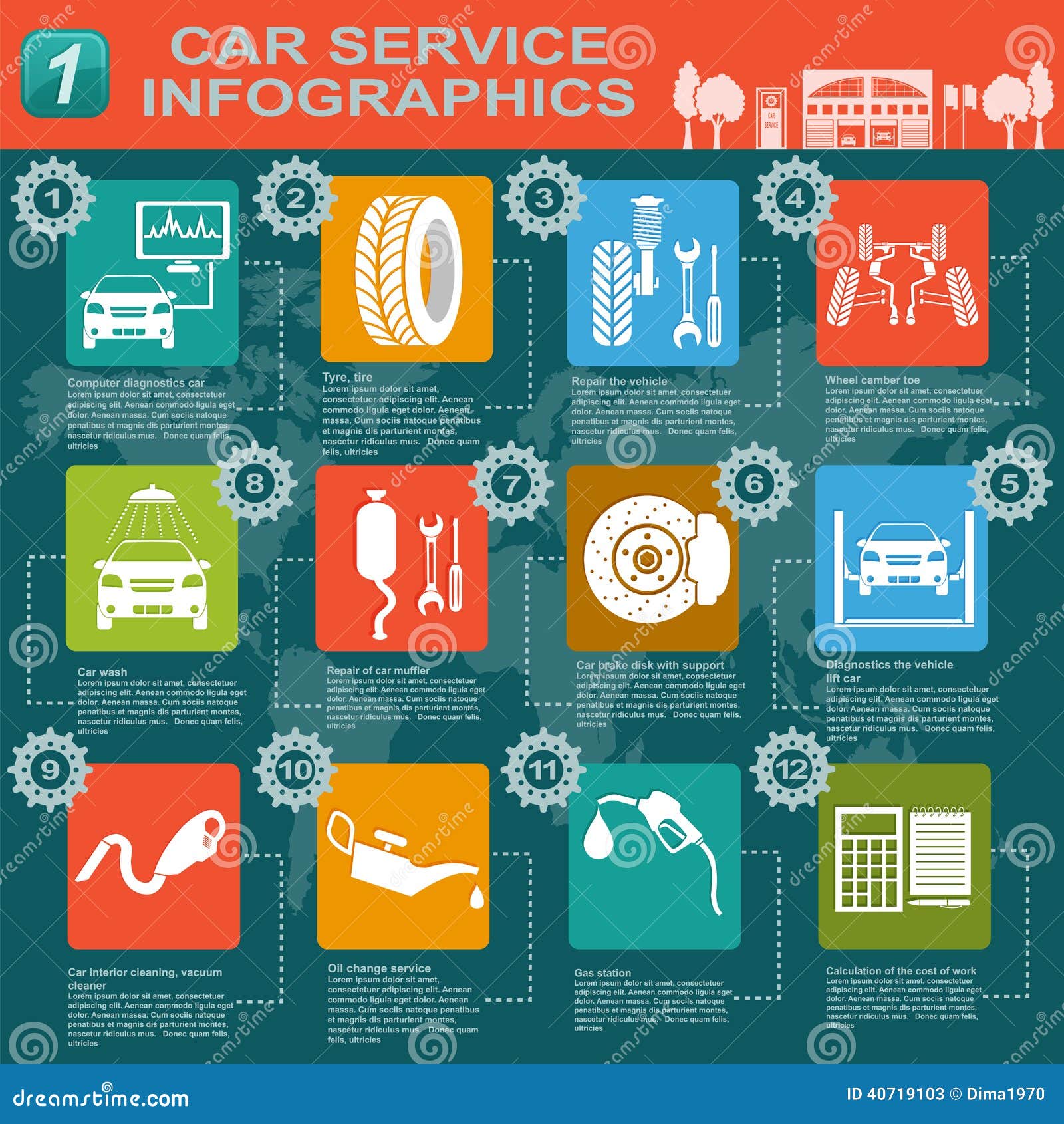An Entry-Level Guide To Repaint Correction: Techniques And Finest Practices
An Entry-Level Guide To Repaint Correction: Techniques And Finest Practices
Blog Article
Authored By-Tranberg Christiansen
As you embark on the trip of mastering paint correction techniques, the essential lies in understanding the complexities of fixing flaws on your lorry's paintwork. From identifying usual flaws to using specialized devices, the procedure can appear intimidating at first. Nevertheless, by adhering to a systematic technique and employing the ideal products and techniques, you can accomplish professional-grade results also as a novice. Stay tuned to reveal functional tips and detailed strategies that will raise your paint correction abilities and leave your vehicle looking flawless.
Understanding Paint Blemishes
Repaint flaws are acnes that can detract from the total look of your vehicle's paintwork. These blemishes can take various types, such as swirl marks, scratches, water spots, oxidation, and much more.
Swirl marks are small scrapes that develop a hazy effect on the paint surface, typically triggered by incorrect washing strategies.
Scratches are much more severe and can penetrate the clear layer, exposing the underlying paint layers.
Water spots are natural resources left behind when water evaporates, producing undesirable marks.
Oxidation happens when the paint is subjected to the elements for an extensive duration, resulting in a boring, chalky appearance.
Recognizing these imperfections is essential for efficient paint improvement. By recognizing the particular concerns existing on your car's paintwork, you can select the proper tools and strategies to address them correctly. Whether you opt for brightening, compounding, or various other correction approaches, recognizing the nature of the flaws is the first step towards attaining a perfect surface.
Necessary Tools for Paint Adjustment
To achieve effective paint adjustment, having the right devices available is crucial.
The primary tools you'll need consist of:
- A dual-action polisher
- Various foam pads with different reducing capacities
- A quality substance and gloss
- Microfiber towels for rubbing out items
- A clay bar for purification
- Covering up tape to protect sensitive locations
- A good illumination source to find flaws
Furthermore, having a paint density scale can aid you establish the density of the paint and plan your modification process as necessary.
https://brakelinefittings84949.dailyblogzz.com/29832002/recommendations-for-seasonal-auto-describing-outfitting-your-automobile-for-winter-months-and-summertime-challenges describing brush is handy for cleaning hard-to-reach areas, while a spray bottle loaded with water can aid in lubricating the clay bar.
Keep in mind to use gloves to safeguard your hands and think about utilizing a respirator if operating in an enclosed room with solid chemicals.
Step-by-Step Paint Correction Process
Having collected all the needed tools for paint correction, you're currently prepared to start the detailed process that will certainly bring brand-new life to your automobile's paintwork.
Begin by completely cleaning your lorry to eliminate any kind of dust and gunk that could create scrapes during the modification process. As soon as tidy, tape off any areas you wish to safeguard, such as trim or rubber seals.
Next off, assess the paint surface for imperfections like swirl marks, scratches, or oxidation. Use a suitable compound and a brightening pad on a dual-action brush to correct these concerns. car washes in little areas, applying the compound in a back-and-forth and up-and-down activity.
After fixing the paint, utilize a polish to improve the surface and enhance its gloss. Once again, operate in sections, guaranteeing even protection.
Conclusion
Now that you've discovered the essentials of paint correction, you're ready to take on those flaws and recover your lorry's luster. Bear in mind to constantly begin with a clean surface, utilize the right tools and compounds, and take your time to accomplish the best results. With technique and persistence, you'll soon end up being skillful in the art of paint adjustment and have your car resembling brand-new in no time at all. Pleased outlining!
